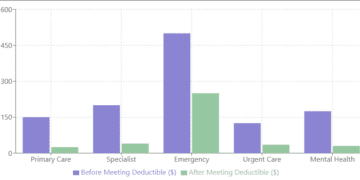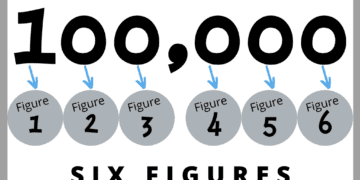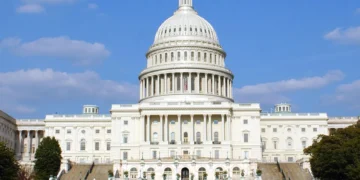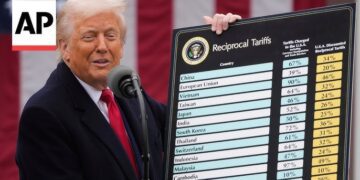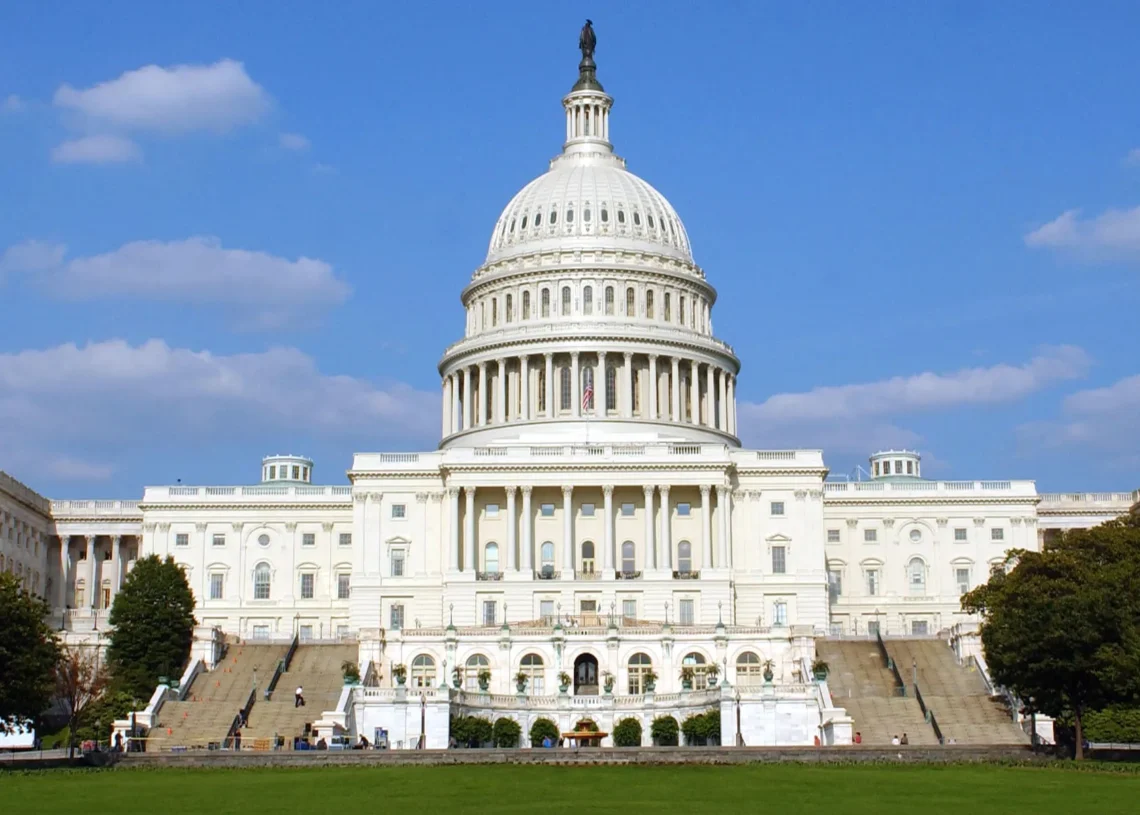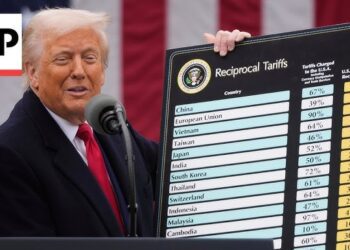Like many of you, I’ve been following the recent developments in Washington closely. With the House approving President Trump’s budget plan for fiscal year 2025, I wanted to take some time to break down what this means for everyday Americans like us. I’ve reviewed the actual budget resolution document (H. Con. Res. 14) to give you facts, not speculation.
The Big Picture
The budget sets federal revenue at approximately $3.7 trillion for fiscal year 2025, with a planned reduction in revenue of $150 billion each year from 2025 through 2034. This suggests tax cuts are coming, but the specifics aren’t outlined in the resolution itself.
Meanwhile, the budget projects a deficit of $936 billion for 2025, growing to over $1.4 trillion by 2034. The total public debt is expected to rise from about $36.5 trillion in 2025 to over $50 trillion by 2034.
Where Cuts Are Coming
The budget instructs several committees to make significant spending reductions:
- Agriculture programs face $230 billion in cuts over ten years
- Education and Workforce programs will see $330 billion in reductions
- Energy and Commerce (which includes healthcare programs) will be cut by $880 billion
The plan targets a total of $2 trillion in spending reductions over the next decade, primarily focusing on mandatory spending programs. The resolution specifically includes a spending reduction reserve fund to achieve these savings.
What’s Getting More Funding
Not everything is being cut. The budget authorizes:
- Up to $100 billion in increased defense spending
- Up to $90 billion more for homeland security
- Up to $110 billion in additional funding for judiciary programs
The Ways and Means Committee, which handles tax policy, is authorized to increase the deficit by up to $4.5 trillion over ten years, suggesting substantial tax cuts are expected.
What This Means For You
If You’re a Taxpayer
The budget plan shows clear intent to cut taxes. The resolution includes provisions for extending the Tax Cuts and Jobs Act of 2017, which would prevent what the document calls “massive tax increases on working families and small businesses.” While the exact structure of these tax extensions isn’t detailed, this suggests maintaining reduced tax rates for many Americans.
If You Rely on Government Programs
The significant cuts to agriculture, education, and health-related spending will likely affect various programs. The budget doesn’t specify which specific programs will be cut, but with $330 billion in reductions to education and workforce programs, we could see impacts on everything from federal student aid to job training initiatives.
If You’re Concerned About Healthcare
While the resolution includes language about “protecting Medicare and Medicaid,” it also directs the Energy and Commerce Committee to reduce spending by $880 billion. Since this committee oversees many healthcare programs, these cuts could potentially affect healthcare availability or costs.
If You’re Near Retirement
The budget includes provisions that claim to fulfill “the President’s promise to protect” Social Security and Medicare. However, the document also focuses heavily on spending reductions, so the exact impact on these programs remains to be seen in the implementation details.
The Deregulation Push
One of the clearest policy statements in the budget is the focus on government deregulation. The resolution explicitly calls for “reducing burdensome and costly Federal Government regulations” and mentions the REINS Act, which would require Congressional approval for major regulations.
For businesses, especially small ones, this could mean fewer regulatory hurdles. For consumers, the impact would depend on which regulations are targeted.
Final Thoughts
Budget resolutions set overall spending frameworks but don’t detail exact program-by-program decisions. Those will come later in the appropriations process. What’s clear is that this budget represents a significant pivot toward tax reductions and spending cuts across many government functions.
The true impact on our daily lives will depend on how these broad directives are implemented in actual spending bills and policy changes. I’ll be following these developments closely and will keep you updated as more details emerge.
What aspects of this budget plan are you most concerned about? Let me know in the comments below.
Click here to view the budget plan.



